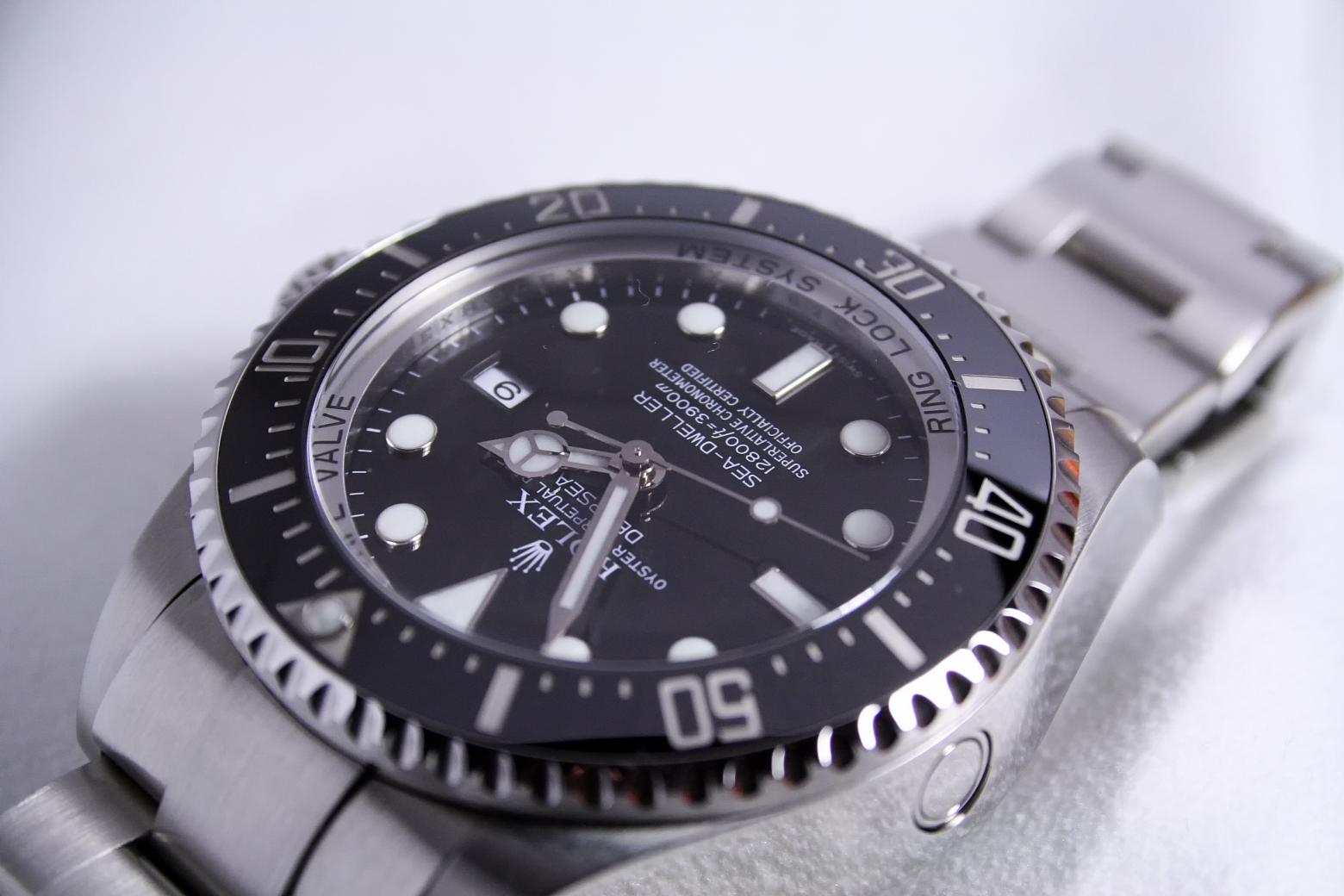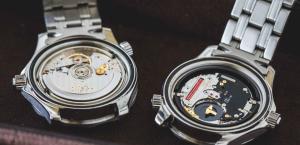Watch Sizes: Buying The Right One

Whilst men around the world are becoming increasingly aware of the importance of building a considered wardrobe, the truth is that well-dressed gents are often let down by their wrist wear.
We have all seen it. That guy wearing a watch that’s either far too big or small for their wrist. In fact, you yourself may once have been that man.
Luckily, by following our guide to buying the right watch size, you will never have this issue again and your watch will look as natural and seamlessly elegant as the rest of your look.
So, without further ado, let’s take a look at our guide to buying the perfect watch size for your wrist…

Why Is It Important To Buy The Right Watch Size?
When it comes to choosing the correct watch size, it really is all about proportions. On a smaller wrist, an oversized face just looks off and the same can be said for a small watch face on a thick wrist.
In general, bigger guys should opt for a bigger watch and smaller guys, a smaller watch. It really is that simple. Humans have an innate ability to tell when something looks wrong or is out of proportion, something which explains that inexplicable feeling you get when something is out of proportion.
Now that’s covered, let’s take a look at the five key components behind choosing the correct size of watch for your needs.
Watch Case Diameter
Most men have a wrist that falls somewhere between 6 and 7.5 inches in circumference. Where your wrist sits on this spectrum will dictate the diameter of the watch case that you need. This refers to the size of the watch’s face or what is often referred to as the watch bezel.
For a wrist of around 6 inches, you will want to look for a watch with a case diameter of 38mm. If your wrist is slightly thicker at 6.5 inches, it follows that the face of your watch should be around 40mm. Larger wrists require a larger watch case and so a 7-inch wrist should match up with a 42mm case, whilst 45mm should be the benchmark for the thickest of wrists that measure up to 7.5mm.
Gentlemen with even thicker wrists than this should increase the size of their watch accordingly because, you guessed it, the proportion is key. In general, though, anything over 46mm begins to encroach into trashy territory.
Watch Case Thickness
The thickness of the watch case is also a key element to consider when purchasing a new timepiece. In general, wider watch cases will also be thicker and this follows our golden rule of proportion.
In the past, a thinner watch case was considered a desirable feature yet these days that isn’t the case, especially when it comes to electric or quartz watches. That said, the upper echelons of horological creations will still strive to be as thin as possible due to the fact that their inner working relies solely on mechanical technology.
As with watch case diameter, the thickness increases depending on proportion. In general, no watch should be thinner than 6mm and no thicker than 10mm, when it can begin to look gaudy or just plain strange.

Watch Band Width
If you didn’t realise by now, then surely this will be the clincher. Yes, the width of your watch band all depends on the proportions of both your wrist and the other components of the timepiece.
A good rule of thumb is that a well-made watch should have a band that’s around half the width of the watch case diameter. This means that a larger watch of about 44mm in diameter will have a band’s width of about 22mm. Again, smaller wrists look better with a thinner band and thicker wrists with a wider one.
Watch Band Material
Whilst choosing the correct watch band’s width is a fairly simple endeavour. Just stick to the ‘half of the watch face diameter’ rule. Selecting a suitable band material can be a trickier challenge.
This is partly down to the fact that there are so many materials to choose from. The types of metal, leather, and fabric available appear to be endless. Yet, there is a way to decipher which one will work best for you.
Whilst, in the end, selecting the correct watch band material is all a matter of personal preference. It should also be noted that leather bands create a slimming effect and so work better on smaller wrists. Conversely, metal bands tend to be chunkier and heavier, making them more suited to a thicker wrist. Of course, it all comes down to what you think looks good!
A good tip for men with smaller wrists who want a metal band is to plump for a narrower design. Whilst those with big wrists looking to go the leather route will want to find a thick band.

Watch Details And Components
Lastly, the details and outer components of the watch should be in proportion to the rest of the timepiece. This means ensuring that your watch has numbers and hands that correspond roughly to the size of the item. It’s not good matching your slim wrists to an elegantly small watch only to have the proportions thrown off by enormous numbers and/or hands on the face.
Any pushers or crowns on the side of the watch case should be proportional to the rest of the watch. A large button on the watch case can look stylish with the correct design and execution. Yet this should only be attempted by those with larger wrists and, correspondingly, a larger watch.
To conclude, buying the right watch size is a deceptively tough endeavour that presents many potential challenges for even the most discerning of gentlemen.
Watch case diameter and thickness are perhaps the two key elements to consider. Whilst, it’s also vital to select a timepiece equipped with a suitably wide band made of the right material. Details are everything and so buttons, as well as hands. The number on the watch face should also be closely observed before buying.
All in all, if you make sure to follow the golden rule of proportions and remember all five key points in our guide, you can be sure that you are ready to purchase the perfect watch for your needs.


